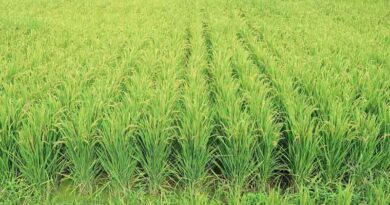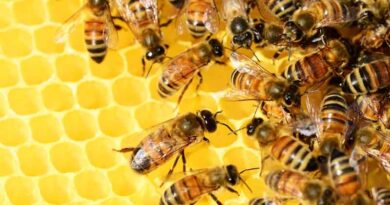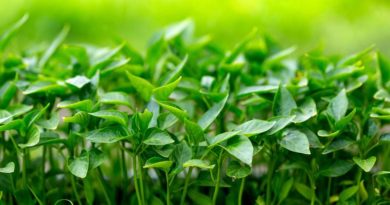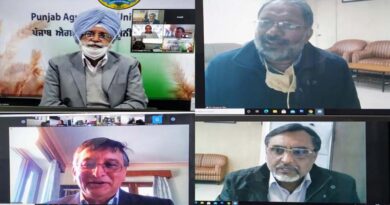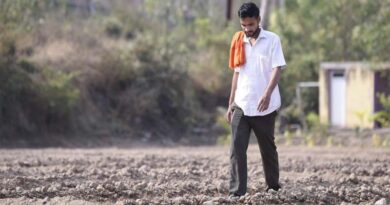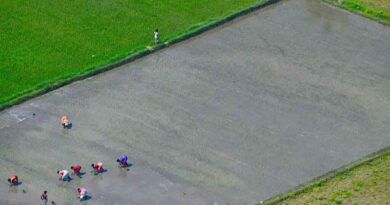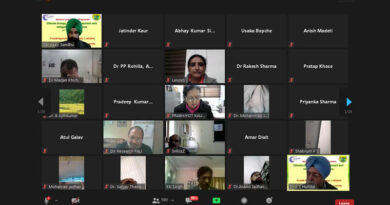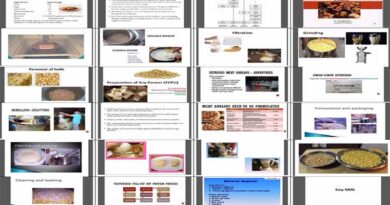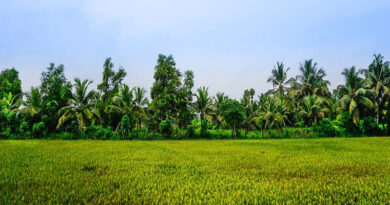Chaudhary Charan Singh Haryana Agricultural University organises Virtual Agriculture fair
15 October 2020, Chandigarh, IN: In the first session of the second day of the Virtual Agriculture Fair of Chaudhary Charan Singh Haryana Agricultural University, various webinars were organised. During this time, the first webinar gave information about the direct sowing of paddy, the second webinar, on the topics related to disease and its prevention in milch animals and the third webinar was regarding increasing the yield of rabi crops, etc.
Also Read: Haryana CM says Kharif procurement in the state running smoothly
A spokesperson of the university said that in this webinar, Dr. S.S. Poonia talked about the direct sowing of paddy, that this method is proving very effective and that the state government’s plan ‘Mera Pani Meri Virasat’ is also proving worthwhile. He said that this not only saves water but also reduces the cost of pumping. With this, crop production is either equal to or higher than the traditional method, he added.
Experiential Learning
During the webinar, the farmers also shared their experiences with the scientists regarding direct sowing of paddy. Agriculture Development Officer, Mr. Shyam Singh from Assandh said that the university has recommended the sowing of paddy by June 25 every year, while research needs to be done regarding the paddy to be sown between the last week of May and the first week of June as there is no problem of water and availability of labourers at this time.
A detailed discussion was held about Bovine mastitis in cattle and its prevention. Incharge, Central Laboratory, Lala Lajpat Rai Veterinary and Science University, Dr. Naresh Kakkar, said that cattle rearers can overcome this disease to a great extent by taking special care of hygiene and by changing the way they milk their cattle. He said that many cattle rearers milk the cattle with the help of their thumbs, which is the wrong method, one should get into the habit of milking only with closed fists. In addition, after milking the animal’s udder should be cleaned with antibacterial agents and cleanliness should be maintained where the animal sits.
Also Read: Opening of new market access for agricultural commodities between India and Bhutan
Dr. Rajesh Chhabra said that the farmers start using the antibiotic indiscriminately for the treatment of the animal without proper investigation, which compromises the immunity of the animal, which could prove to be fatal. In addition, proper treatment should be administered only after relevant investigations have been made in the laboratory. He said that cattle rearers can also test for Bovine Mastitis at home with California Mastitis Kit at their own level.
Increasing Rabi Crop Yield
During the third webinar of Virtual Agriculture Fair of Chaudhary Charan Singh Haryana Agricultural University, the scientists shared detailed information about the ways of increasing the yield of Rabi crops with the farmers. The scientists said that if the farmer sows and takes care of the crop as per the recommendations made by the university, then they would get a good yield. The scientists called upon the farmers to check the soil of their fields, availability of water, variety of seed for the recommended crop according to their region, seed treatment etc. as per their requirement before sowing the crop. Many times, farmers compete with each other and sow the crop and indiscriminately pour fertilizers and pesticides into the crop, due to which the farmer does not get the desired yield and bears financial losses.
During the webinar, Mr. Ashish Rai, a farmer from Uttar Pradesh, shared his views that he had sown the HC-5 variety of gram as recommended by the university. This variety yielded one and a half times more produce than the average production of 23 to 25 quintals per hectare reported by scientists. For this, he was also honored by the Government of Uttar Pradesh.



